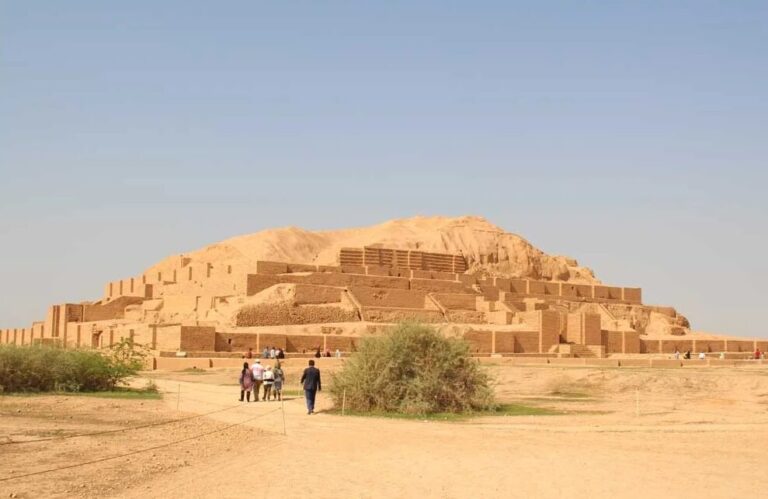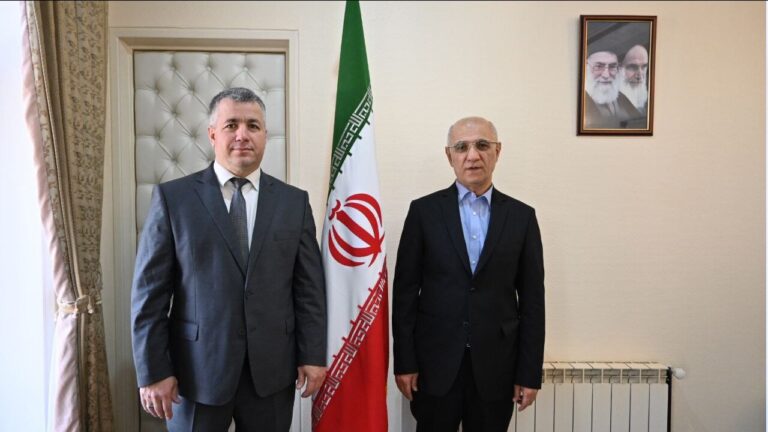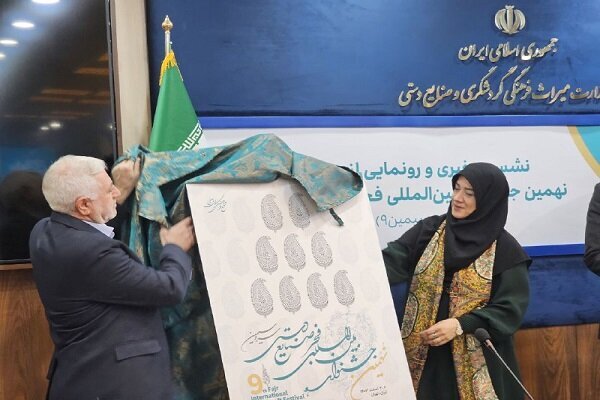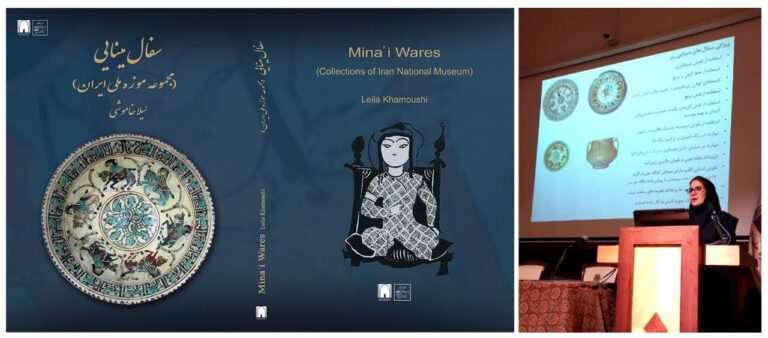
Similar Posts

Iran: The World’s Oldest Nation with a Rich Legacy of Organized Governance
Iran has been recognized as the world’s oldest country by sovereignty, according to a recent ranking by the World Population Review, dating its organized governance back to 3200 BC. This acknowledgment highlights Iran’s historical significance, surpassing ancient civilizations like Egypt and Vietnam. The ranking is based on comprehensive historical analyses of state formation, emphasizing Iran’s enduring legacy as a cradle of civilization. Notable ancient civilizations in Iran include the Elamites, Jiroft, and empires like the Achaemenids and Sassanids. This recognition underscores Iran’s continuous national identity and its enduring cultural and political influence throughout history.

Tehran and Astrakhan Join Forces to Boost Cultural and Health Tourism Collaboration
In a significant meeting to strengthen Iran-Russia relations, Seyyed Mohammad Kazem Abedi, Iran’s Acting Consul General in Astrakhan, discussed cultural and health tourism with Duma member Hamza Davudov. Key topics included the proposal for a direct flight route between Astrakhan and Rasht, which aims to boost economic, political, and cultural ties. They also considered the participation of an Astrakhan delegation in the upcoming Iran Expo and emphasized the need to track and implement past agreements effectively. This proactive dialogue reflects a commitment to enhancing bilateral relations through travel and business exchanges, with potential positive impacts on both regions.

Global Artisans Unite: Discover Unique Talents at the Fajr Handicrafts Festival!
The 9th Fajr Festival of Handicrafts, or Sarv-e Simin, will be held in Tehran from February 20 to 24, featuring artists from 20 countries. The event, aimed at strengthening the handicraft industry, will include expert panels, a special program from Kazakhstan and Tajikistan, and a rigorous judging process involving 200 selected artists. The festival will also showcase diplomatic gifts and a Nowruz sales exhibition. Organizers plan the first auction of fine handicrafts in June to help artisans. With Iran’s handicraft exports at $250 million, the festival emphasizes cultural heritage and global market opportunities valued at $770 billion.

Discover the Art of Mina’i Ware: National Museum of Iran Hosts Engaging Seminar
A seminar on Mina’i ware was held at the National Museum of Iran, emphasizing its importance in Islamic art. Expert Leila Khamooshi shared her research, detailing the historical context and intricate designs of this pottery style, which flourished during the Seljuk and Khwarezmian periods. Khamooshi’s findings, supported by interdisciplinary collaboration, highlighted the innovative techniques and luxurious nature of Mina’i ceramics. Her research culminated in a forthcoming book, “Mina’i ware (The National Museum of Iran Collection),” set for release in March 2024. The event showcased the artistic dialogue of the period and the significance of scientific analyses in understanding this cultural heritage.

Emergency Restoration Successfully Revives Sasanian Rock Relief of King Bahram II
The emergency restoration of the Sasanian rock relief of Bahram II at Tang-e Chogan, Bishapur, has been completed, highlighting the importance of preserving Iran’s cultural heritage. The project was initiated after a section of the relief, damaged in 2011 by a treasure seeker, collapsed again due to natural factors. Restoration experts used modern techniques to clean and reassemble the relief, which depicts significant historical scenes, including the king receiving an Arab delegation. This relief is notable for being the only Sasanian monument representing an embassy. The site is part of a UNESCO World Heritage site, showcasing the grandeur of the Sassanian era.

Ancient Mysteries Unveiled: Archaeologists Uncover Clues of Cave Dwellings in Western Iran
Recent archaeological discoveries in Eivan city, Ilam province, highlight early human habitation in the Zagros area. Habibollah Mahmoudian from Islamic Azad University noted the importance of caves like Khofash, Barreh Zard, and Baskeleh-ye Garmeh, which contain artifacts dating back to the Chalcolithic era. Key sites include Baskeleh-ye Garmeh I, known for preserved stone walls and pottery, and Baskeleh-ye Garmeh IV, which yielded handmade pottery and an obsidian blade. Despite challenges in accessing these sites and a lack of documentation, these findings enhance understanding of early human settlements in the region, which was part of the ancient Elamite civilization.